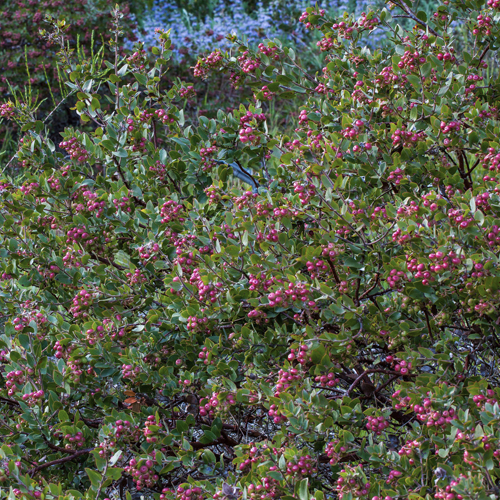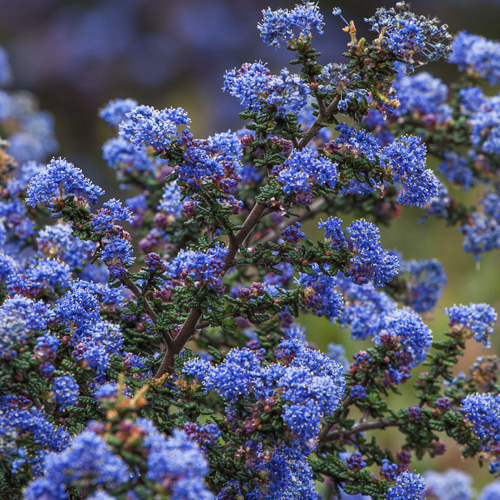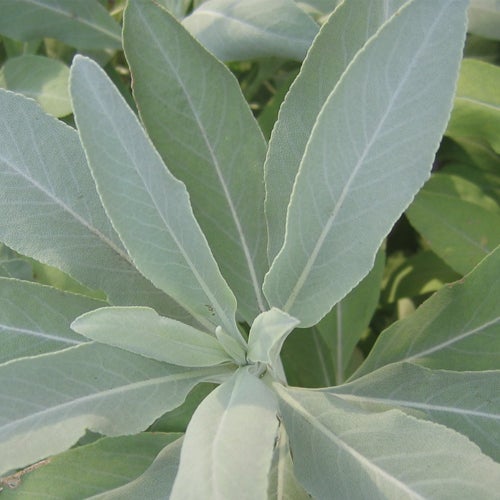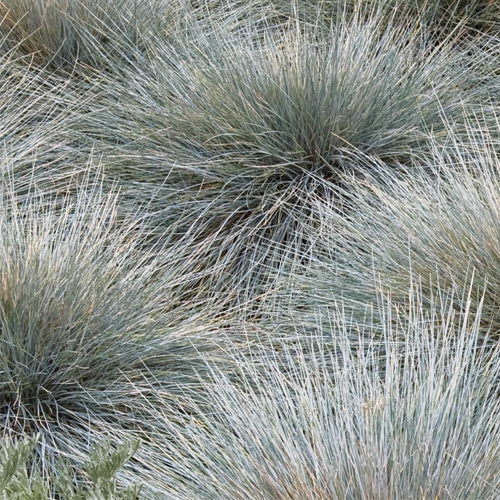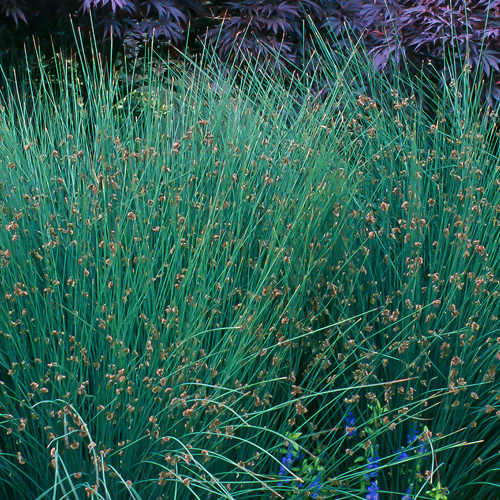Sonoma Native Habitat Garden
BACK TO FULL TOUR
Garden Features
Drought Tolerant
Edible Garden
California Natives
Drip Irrigation
Pesticide Free
Smart Irrigation Controller
Lawn Conversion
Lawn-Free Landscaping
Permeable Surfaces
Wildlife Habitat
Partner: 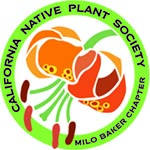
Since moving to our home in the City of Sonoma 10 years ago, we have worked to maximize native plant diversity and wildlife habitat value in a yard previously dominated by lawn and ornamentals.
The sight of a pipevine swallowtail outside the kitchen window, a Hermit Thrush bathing in our fountain, and the delicate night-opening flowers of our soap plant bring us immense joy. Native plant gardening is a journey and an adaptive process, with lots of trial and error, fine tuning, and adjusting involved, but we are really happy with what we’ve been able to do in our limited, suburban space. We hope our garden inspires you to recreate even a small piece of habitat within your own yards.
Native Plant Diversity
Our primary goals have been to maximize native plant diversity and habitat value for wildlife. In addition to choosing plants that provide resources to birds, bees, and butterflies, we have included a broad array of species with different phenologies to maximize the flowering season. From the early-flowering manzanitas and currents to the late-flowering California fuchsia, we have native plants in flower nearly year-round.
We’ve used our combined knowledge as a wildlife biologist and botanist to select a variety of native shrubs, forbs and grasses, creating an array of habitat elements inspired by those found in local wildland areas and using the different microclimates that naturally occur in our front and back yards (shade, partial shade, full sun) as a guide.
Garden Aesthetics
We also had aesthetics in mind, and have included many of the species we love best from the protected natural areas where we work and recreate, like blue-eyed grass, California pipevine, wavy-leaf soap plant, and California lomatium. By planting these species and the wildlife they encourage right outside our windows, our garden has helped connect us, our children, and our neighbors to the native flora and fauna in our region.
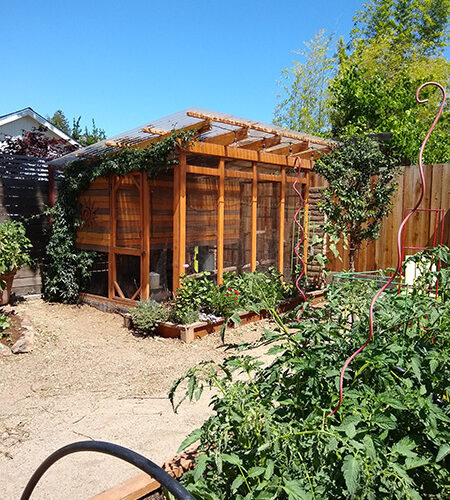
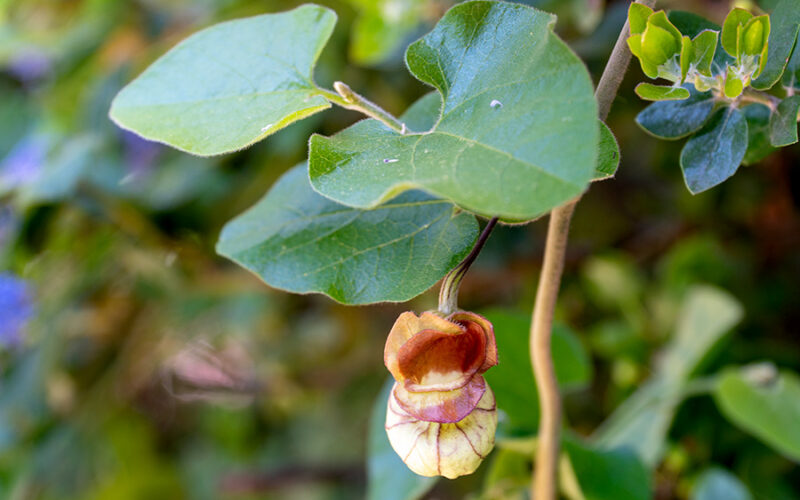
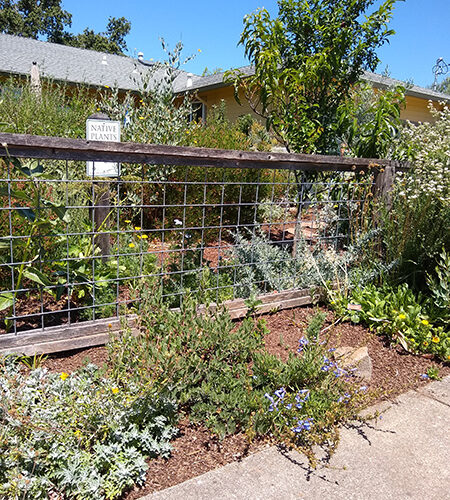
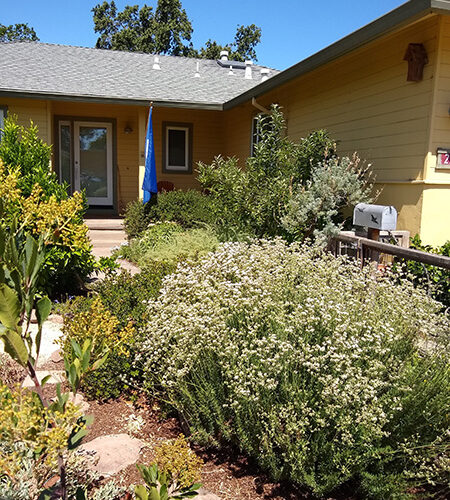
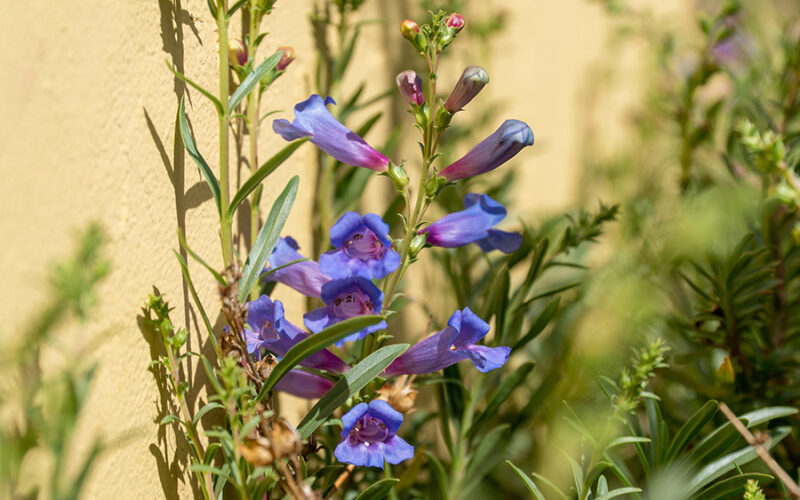
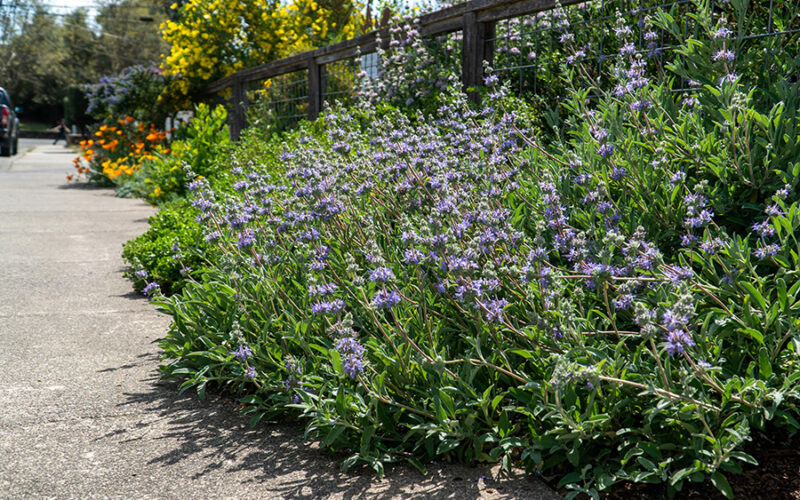
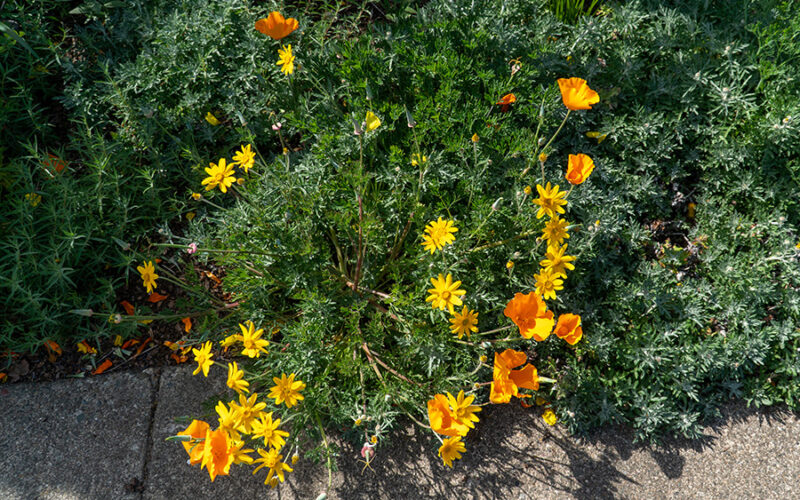
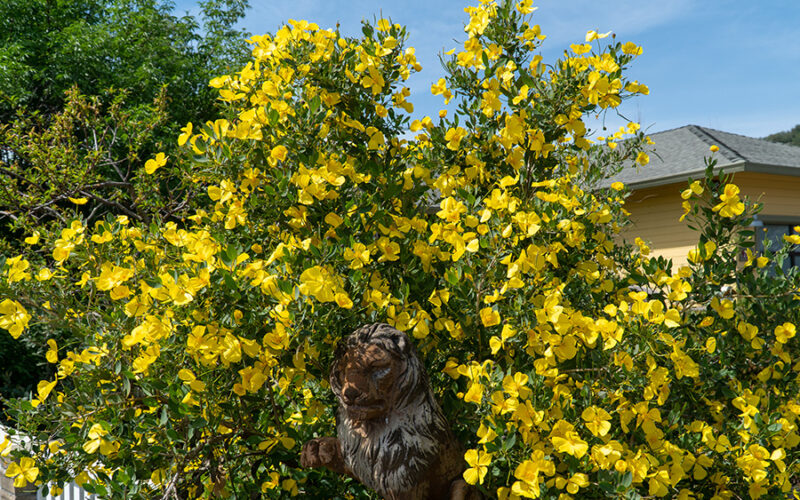
Plants in this Garden
Favorite Garden Suppliers
Cal Flora
2990 Somers Street Fulton
Mostly Natives
54 B Street Point Reyes Station
Recommended Resources
California Native Plants for the Garden
By Carol Bornstein, David Fross & Bart O'Brien. Published December 1, 2005.California Native Gardening: A Month-by-month guide
By, Helen Popper. Published March 26, 2012.Gardening Tips
Native Plants Are Incredibly Adaptable
Native plants can give great structure and color year-round with little maintenance. They are adapted to local soils, precipitation and temperatures. Choose native plants whose preferences match the conditions in your yard for optimum plant and gardener happiness. For inspiration, go hiking visit a native plant nursery like CalFlora.
